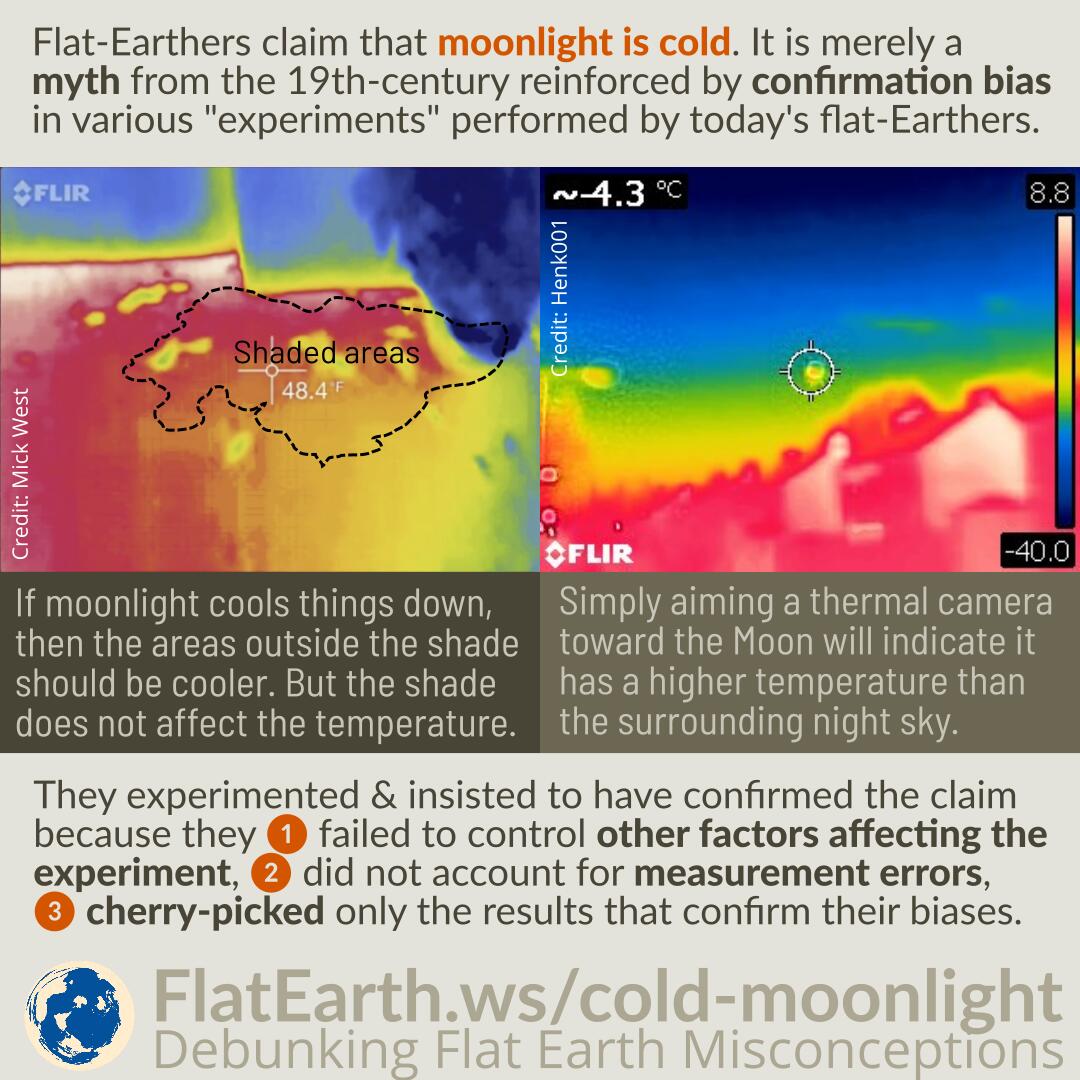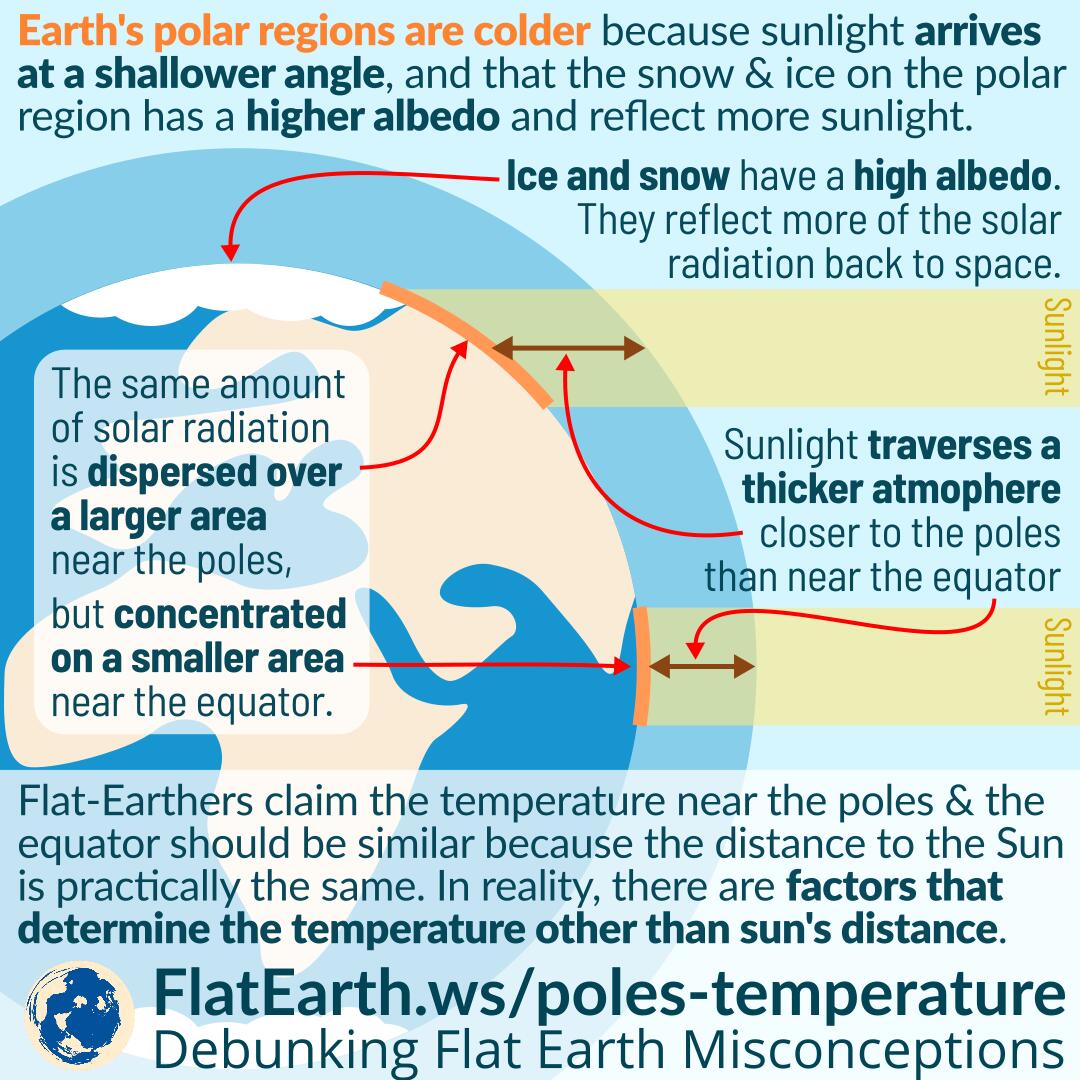Measurement can be direct, like measuring length directly with tape or a ruler. But it can also be indirect, like measuring distance by emitting a sound, listening for it, and measuring the delay the sound is received after being bounced back by an object.
Flat-Earthers like to discredit measurement results —like the distance to the Sun— by mentioning these are just results of calculation, not measured directly. In reality, many everyday instruments do measure indirectly. They measure a different value, then use calculations to get the desired calculation.








